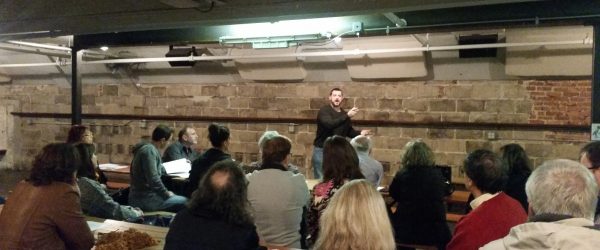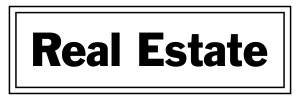Property Assessment In Relation To Taxes
New Reports Unveil City's Financials & 2017 Reassessment
A new report available on the city’s website outlines the municipality’s expenses and revenue in 2016.
“City Hall presents the First Annual Financial Report, covering the fiscal year of 2016 in Asbury Park,” City Manager Michael Capabianco writes in the introduction. “We begin this reporting tradition in order to share information about Asbury Park’s financial status with all residents, and to spread awareness of where the City’s money comes from, and where it is spent. The information in this report was drawn from our Finance, Tax Collection, and Tax Assessment departments.”
The report is a blueprint of the municipal budget and includes an organizational chart, operating results, net assets, an outline of property taxes, and the city’s capital planning and debt.
In related news, City Assessor Erick Aguiar was the featured speaker Saturday at the Homeowner’s Association meeting, held at The Complex on Cookman Avenue.
In giving the close to 50 homeowners in attendance an outline of the property reassessment process and how it affects their taxes, Aguiar said although the process is subjective by nature, assessments are based on data collected by inspectors and comparable market rate sales.
“This is a fluid conversation about what something is worth,” Aguiar said “One sale does not make a market.”
Instead things like the condition of property, time of sale, and the immediate surroundings are weighed.
“If you live in the east do not take a comp from the northwest,” he said. “You want to find what is most comparable.”
The Q&A event included a summation of Aguiar’s 2017 Reassessment Report, the inspection process, a how-to outline of the appeal process, and how tax abatements or Payment In Lieu of Taxes [PILOTS] affect property owners tax obligation.
“What the [PILOTS] pay doesn’t have anything to do with the assessment function,” Aguiar explained. “The amount of taxes a property owner pays will be the exact same amount to what they would pay under conventional taxes. The municipality is made whole. It is the people outside of Asbury Park that are affected by the PILOT.”
In explaining the assessment process, conducted on a rotating basis throughout one-quarter of the city each year, Aguiar said the goal is to obtain the most accurate and up to date data. The result for Asbury Park is a single digit Coefficient of Deviation [COD], the barometer for tax distribution.
“Tax distribution is significantly more accurate with the annual reassessment model,” he said. “A lower [COD] means more accurate and fair tax distribution.”
The takeaway: Any property with a less than 6.28 percent assessment increase will pay a lesser proportionate share of the tax levy. This accounts for 70 percent of residential properties and 64 percent of commercial properties, according to Aguiar’s data.
Properties west of Memorial Ave will be the next group of properties to be reinspected for assessment data collection purposes.
To view the city’s Financial Report, click here.
To view the Top 10 Property Assessment Question FAQ Sheet, click here.
To view the 2017 Reassessment Report, click here.
—————————————————–
Follow the Asbury Park Sun on Facebook, Twitter and Instagram.
The Asbury Park Sun is affiliated with the triCityNews newspaper.















